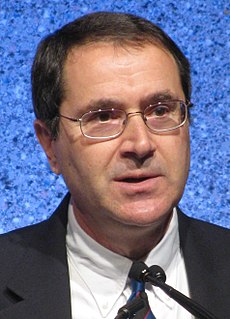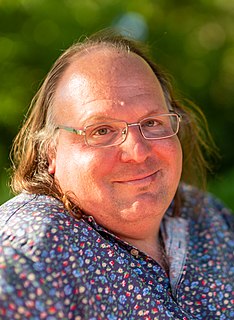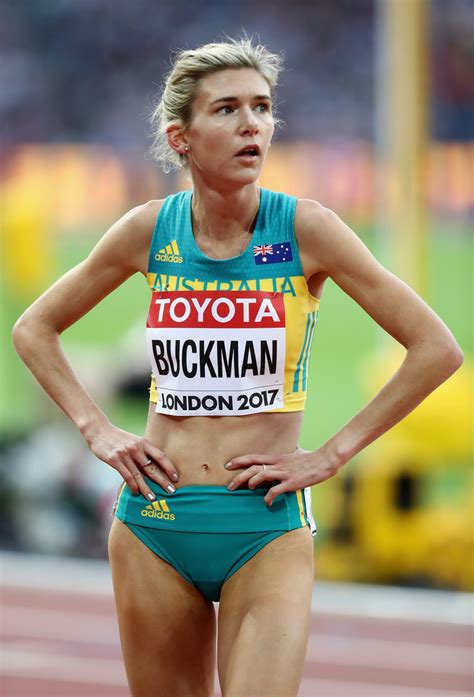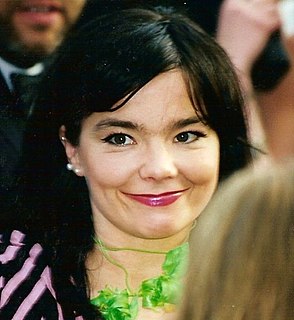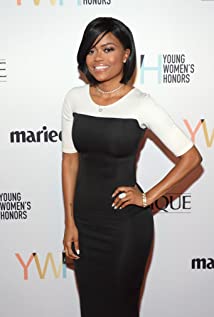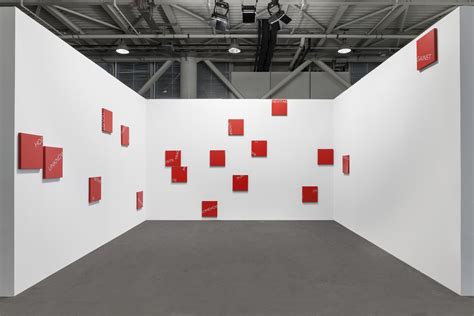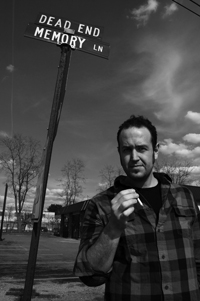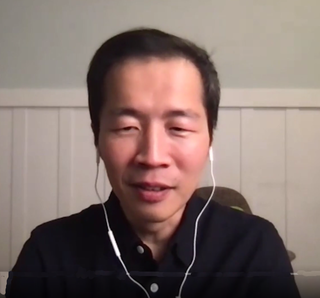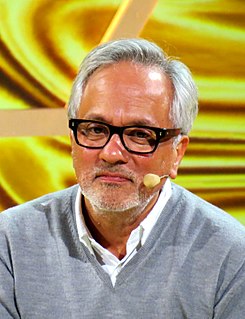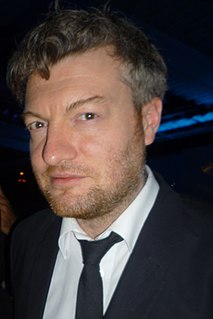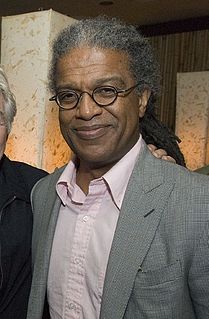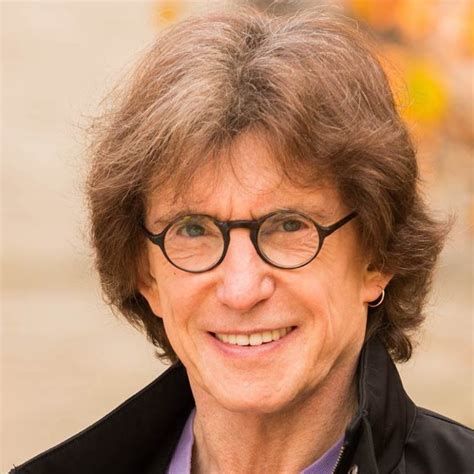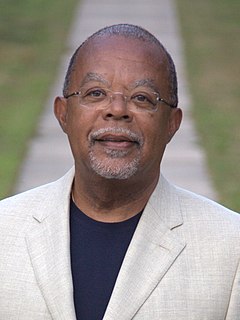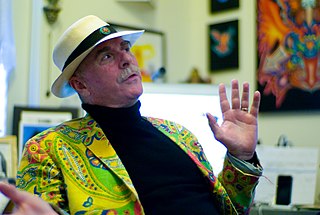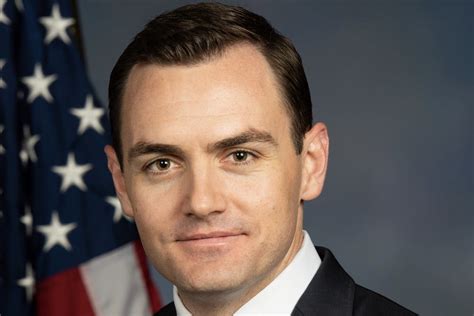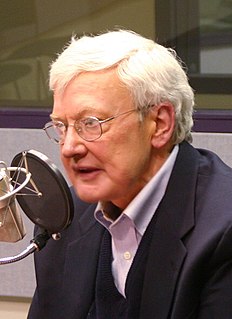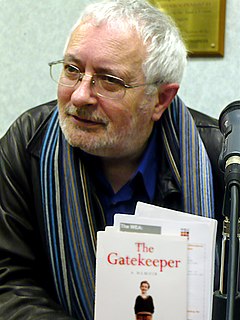A Quote by Jerry Saltz
While the space for artists and curators has increased enormously, maybe, just maybe, that's left room for too many people calling themselves artists and curators who are simply not up to the term.
Related Quotes
Every movement that slays its gods creates new ones, of course. I loathe talk of the sixties and seventies being a 'Greatest Generation' of artists, but if we're going to use such idiotic appellations, let this one also be applied to the artists, curators, and gallerists who emerged in the first half of the nineties.
With tons of chaotic supply on the internet, you're going to have people who become very good at being curators or stylists. It's the same sort of people that I used to go to record shops for - I knew if certain people recommended something, it would be good. There's always going to be those people. It just depends on what they're called: curators or radio jockeys or bloggers.
When people talk about imagination, they tend to think of fantasy or something made-up. But really imagination is a mode of perception. Which is maybe why so many artists have turned to the occult. Artists tend to feel like outsiders. Whether they are actually outsiders or not is also kind of irrelevant.

